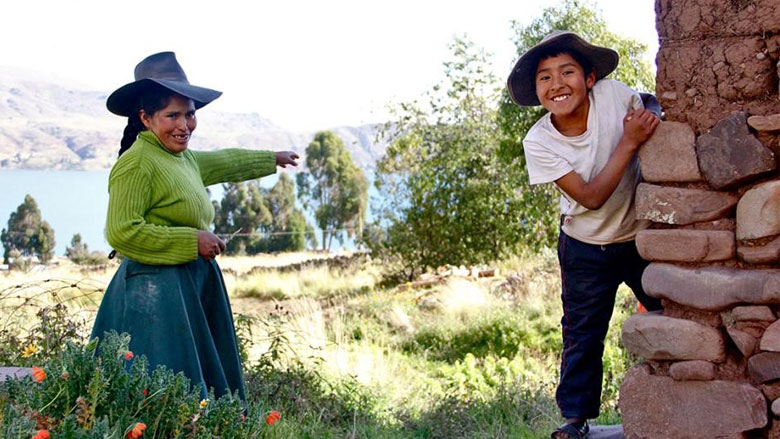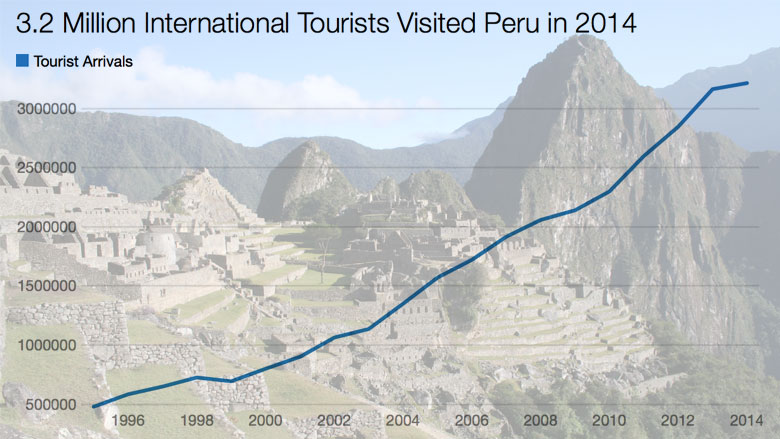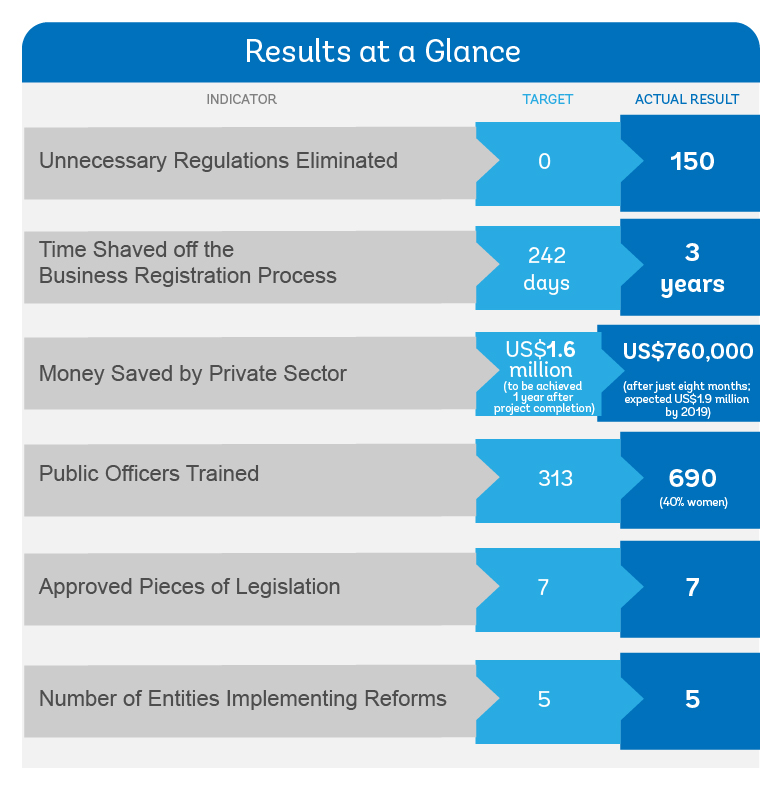Beginning in 2012, the World Bank Group, at the request of Government of Peru, developed an advisory project to streamline the processes that new businesses in the tourism sector – including hotels, tour operators, restaurants, and other enterprises - must follow to obtain a license and operate in Cusco. The project is an initiative of the Bank Group's Trade & Competitiveness Global Practice, a joint practice of the World Bank and IFC. It brought together four government agencies operating at local, regional, and national levels in Peru to focus on the most burdensome procedures. The project simplified, integrated and automated the business registration process in the tourism sector by taking several specific actions:
- Introducing a new IT system for managing records and tracking documents;
- Training 750 public officials in customer service and administrative processes;
- Defining specific and clear requirements for archeological evaluations;
- Conducting a local public awareness campaign – consisting of 26 radio programs, 18 television programs, five publications in printed media, and 10 virtual bulletins - to promote new local tourism businesses.
Ultimately, these efforts eliminated 150 unnecessary business registration processes, such as duplicative forms, official letters to mayors, photos of buildings in progress, and copies of worker IDs.
“Removing these superfluous requirements shaved 3 years off of the business registration process, saved private sector companies US$760,000 in registration fees after just eight months, and made it easier for a wider variety of firms – especially Small and Medium Enterprises – to operate in the tourism industry.” said Marialisa Motta, Latin America Practice Manager in the World Bank Group’s Trade & Competitiveness Global Practice. “These bottlenecks were limiting economic growth and job creation and preventing tourists from having a fully enriching experience when visiting one of the most unique and beautiful sites of Latin America and the world.”
Remember the large hotel chain investment delayed by eight years? With these streamlined rules, another hotel chain was able to obtain licenses necessary to open in Cusco in just six months.
“The government’s concerns that led to excessive regulation were legitimate,” notes Ursula Blotte, Operations Officer with the World Bank Group and project lead. “But more bureaucracy does not automatically amount to historic preservation, and it just might discourage formal investment. The project made it easier for smaller entrepreneurs to operate while also making investing in Cusco more attractive for larger businesses.”
There is reason to be optimistic about the future of tourism in Cusco. With the streamlined regulations in place, investments in hotels in Peru are on the rise. Between 2015 and 2018, Peru is expecting US$1.2 billion in investments in new hotels, an increase from US$550 million during the period 2010-2014. With the support of SECO, the project is being replicated at the local level by five additional districts in Cusco, and the new Peruvian government has prioritized tourism at the top of its political agenda.
“The Chamber of Commerce of Cusco is committed to supporting all efforts for the successful implementation of this project and to watching over its sustainability so that we do not go back to old procedures but promote continuous improvement in benefit of our region,” said Alí León, President of the Chamber of Commerce of Cusco.
Increased investment in the tourism industry will affect more than just large hotels. It provides opportunities for an array of gender-inclusive smaller businesses in the tourism sector and related supply chains that can directly benefit from increased economic activity, or indirectly through spillover effects. These include agriculture, handicrafts, textiles, and restaurants, all of which generate value from the region’s unique cultural heritage.
“The Swiss Cooperation – SECO is fully committed to business climate reforms and thus to the strengthening of local and regional development” noted Martin Peter, Head of Economic Cooperation and Development (SECO) in Peru, the main donor for this project. “This is what enables more investment and greater employment in the region.”


